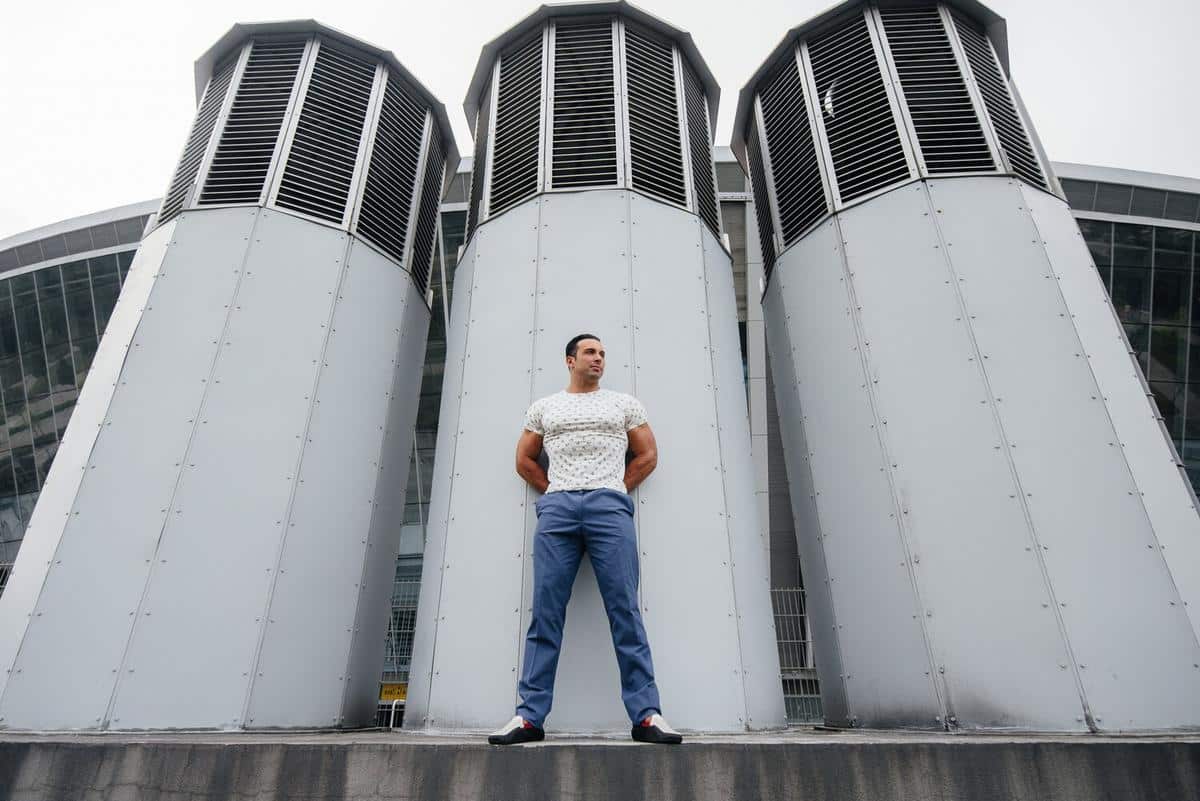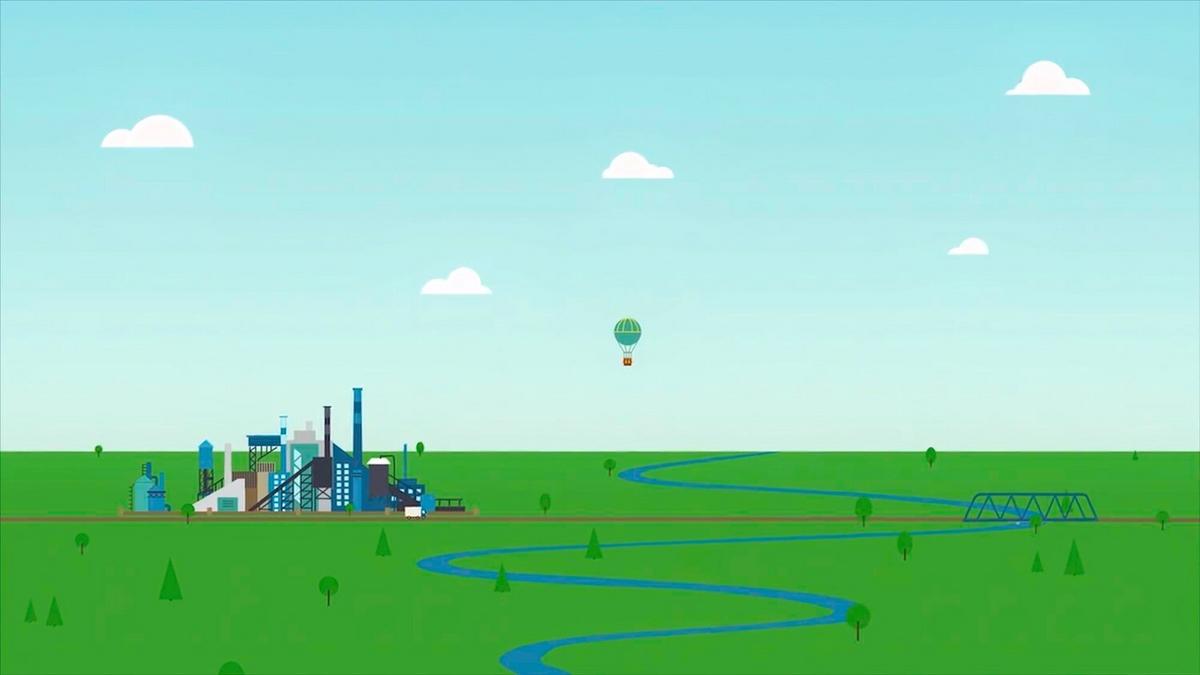
Carbon Capture and Storage: A Solution to Climate Change?
As the effects of climate change become increasingly apparent, the search for innovative solutions has intensified. One such promising avenue is Carbon Capture and Storage (CCS), a technology designed to reduce greenhouse gas emissions by capturing carbon dioxide before it enters the atmosphere and storing it underground. But how viable is CCS as a solution to climate change, and what are its potential benefits and challenges?
Understanding Carbon Capture and Storage
Carbon Capture and Storage involves three main steps: capturing carbon dioxide emissions from sources like power plants and industrial facilities, transporting these emissions to a storage site, and securely storing them underground in geological formations. This process aims to mitigate the impact of fossil fuels by preventing CO2 from contributing to global warming.
Expert Insights
Dr. Emily Santos, a climate scientist, highlights the importance of CCS in achieving climate goals: “CCS can play a critical role in reducing emissions, especially in sectors where decarbonization is challenging.” Her views echo the sentiments of many experts who see CCS as a necessary component of a broader climate strategy.
Relevant Statistics
According to the International Energy Agency, CCS has the potential to capture over 90% of CO2 emissions from power plants and industrial facilities. This statistic underscores the technology’s capability to significantly reduce emissions, making it a vital tool in the fight against climate change.
Real-World Examples
In Norway, the Sleipner Project has been successfully storing CO2 deep beneath the North Sea since 1996, providing a practical demonstration of CCS’s long-term viability. Such projects offer valuable insights into the operational and economic aspects of CCS.
Actionable Tips
- Support policies that promote investment in CCS research and development.
- Encourage industries to adopt CCS technologies to reduce their carbon footprint.
- Stay informed about CCS projects in your region and their environmental impact.
Challenges and Considerations
Despite its potential, CCS faces several challenges, including high costs, energy requirements, and the need for extensive infrastructure. Public acceptance also plays a crucial role, as communities may have concerns about the safety of storing CO2 underground.
The Future of CCS
As technology advances, the efficiency and cost-effectiveness of CCS are expected to improve. Governments and industries must collaborate to integrate CCS into a comprehensive approach to climate change mitigation.
| Aspect | Benefit | Challenge |
|---|---|---|
| Reduction in Emissions | Significantly lowers CO2 emissions | High initial costs |
| Storage Capacity | Vast geological formations available | Long-term monitoring required |
| Technology Readiness | Proven technology in several projects | Scalability issues |
| Public Perception | Positive environmental impact | Safety concerns |
| Economic Impact | Potential job creation | High operational costs |
| Policy Support | Increased funding for R&D | Regulatory hurdles |
| Energy Efficiency | Advancements expected | Current energy-intensive process |
| Global Adoption | Potential for widespread use | Varied international regulations |
Frequently Asked Questions
What is Carbon Capture and Storage?
Carbon Capture and Storage (CCS) is a technology designed to capture carbon dioxide emissions from sources like power plants, transport them to a storage site, and securely store them underground to prevent them from entering the atmosphere.
How does CCS contribute to climate change mitigation?
By capturing and storing CO2 emissions, CCS helps reduce the amount of greenhouse gases in the atmosphere, thereby contributing to efforts to mitigate climate change.
What are the main challenges of CCS?
The main challenges of CCS include high costs, energy requirements, infrastructure needs, and public acceptance regarding the safety of underground storage.
Are there successful examples of CCS?
Yes, the Sleipner Project in Norway is a successful example where CO2 has been stored beneath the North Sea since 1996.
Conclusion: A Path Forward
Carbon Capture and Storage presents a promising, albeit complex, solution to climate change. While it is not a standalone answer, it holds significant potential when combined with other mitigation strategies. By addressing its challenges and leveraging its benefits, CCS can become a cornerstone of our efforts to build a sustainable future. As individuals, supporting policies and projects that enhance CCS can make a substantial difference in our collective fight against climate change.


